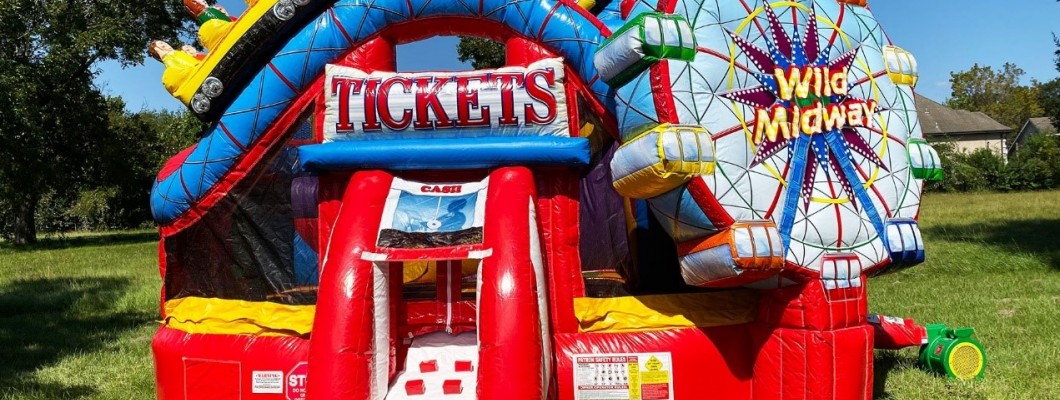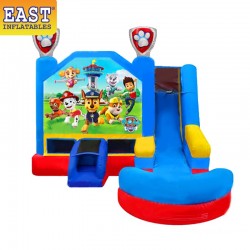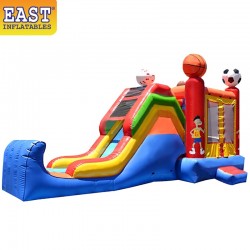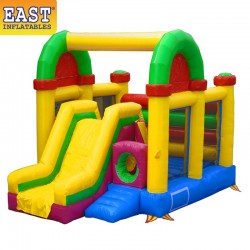
The lifespan of a bouncy castle can vary depending on several factors, including the quality of materials used, the frequency and intensity of use, maintenance practices, and storage conditions. On average, a well-maintained and properly used bouncy castle can last anywhere from 3 to 5 years or even longer.
Here are some factors that can affect the lifespan of a bouncy castle:
1 Quality of Materials: Higher-quality materials, such as durable fabrics, reinforced stitching, and robust inflatable structures, tend to last longer. Investing in a bouncy castle made from high-quality materials can contribute to its longevity.
2 Frequency and Intensity of Use: The more frequently and intensely a bouncy castle is used, the greater the wear and tear it will experience. Commercial-grade bouncy castles designed for heavy use are typically more durable than those intended for occasional home use.

3 Maintenance and Care: Proper maintenance plays a crucial role in extending the lifespan of a bouncy castle. Regular cleaning, thorough drying before storage, and prompt repairs of any damage or punctures can help prevent minor issues from turning into major problems.
4 Storage Conditions: Storing the bouncy castle correctly when not in use is essential. Ideally, it should be stored in a clean, dry, and well-ventilated area, away from direct sunlight and extreme temperatures. Improper storage can lead to material degradation and mold growth, shortening the lifespan.

5 User Compliance: Ensuring that users follow the guidelines and rules for safe play can also impact the longevity of a bouncy castle. Limiting the number of children using the inflatable at one time, preventing sharp objects from entering the area, and discouraging rough play can help minimize damage and prolong its lifespan.
It's important to note that these estimates are approximate, and individual experiences may vary. Regular inspection and maintenance, along with appropriate care and usage, will help maximize the lifespan of a bouncy castle.



